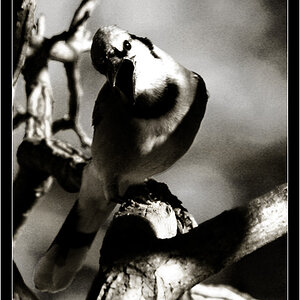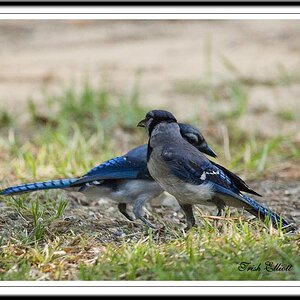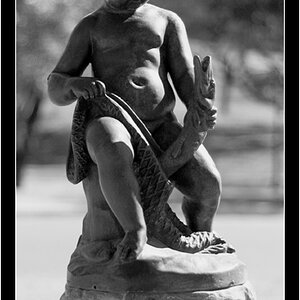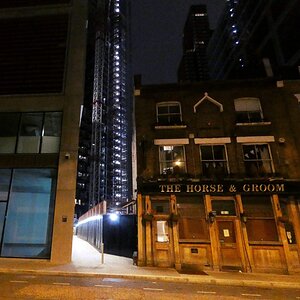OK, I am fairly new to the whole photographer world and have only ever used cameras which are totally automatic so these questions are sort of justified.
What exactly is Aperture and what exactly is happening when Aperture priority is used?
There are just a few more silly questions to come. So don't worry too much.
What exactly is Aperture and what exactly is happening when Aperture priority is used?
There are just a few more silly questions to come. So don't worry too much.


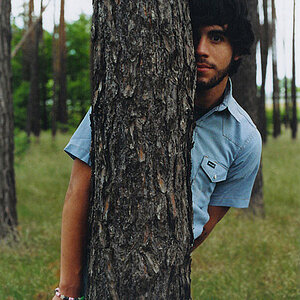

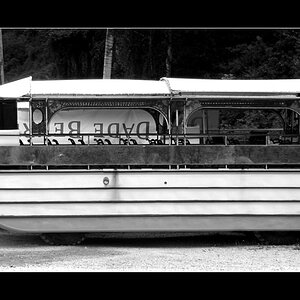
![[No title]](/data/xfmg/thumbnail/34/34114-dd12be026979ccd4182c5f478bd91448.jpg?1619736284)
